"Natural enemy" refers to another animal in nature that can hunt other animals and use it as its main food source. These animals often pose a serious threat to their prey and are therefore called "natural enemies". Natural enemies are an important component that exists in various ecosystems and are very important for maintaining ecological balance. By controlling the numbers of certain species, natural enemies help slow down the competitive pressure on resources within the ecosystem, while also helping to protect the diversity and stability of the ecosystem. As a result of natural selection and evolution, many animals have adapted to live with their natural enemies and are able to avoid predation through various strategies. For example, some animals can run or fly quickly to escape predators, while others rely on strategies such as camouflage, ambush, and venom to defend themselves against predators.
Although almost all animals have their own natural enemies, there are exceptions. A few animals may have few natural predators due to their lifestyle, size, or living environment. They are at the top of the food chain. So do you know which animals have no natural enemies? The following is a list of the top ten animals that have almost no natural enemies except humans, including killer whales, Andean condors, Siberian tigers, polar bears, lions, jaguars, Amazon anacondas, Komodo dragons, Elephants-Are-Endangered.html">elephants, and hippos. The following are the details, let’s take a look.

1. Killer whale
The killer whale is a large toothed whale, usually about 8 to 10 meters in length and weighing about 9 tons. Its head is slightly rounded with an inconspicuous beak; its dorsal fin is high and upright, with a curved length of 1 meter; its body is black and white. This species has an elongated mouth, sharp teeth, and a ferocious temperament. It is a carnivore and is also good at attacking penguins, seals and other animals, and is known as the natural enemy of these animals. Killer whales also attack other whales, including great white sharks, making them the king of the sea. Killer whales, at the top of the food chain, have no natural enemies except humans. Killer whales are highly social animals that live in groups that are among the most stable in the animal kingdom. Killer whales display many complex social behaviors, hunting techniques, and vocal communication methods that are considered evidence that they have their own culture.
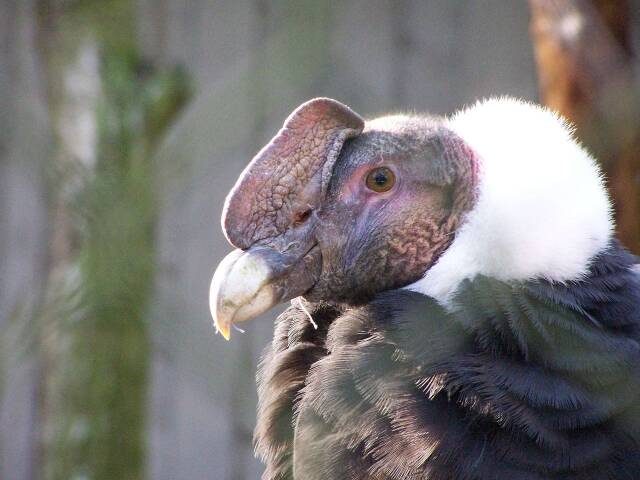
2. Andean Condor
The Andean condor, also known as the Condor vulture, is sometimes also called the "Andean condor" or the South American condor. It is the largest flying bird in the world, with a body length of up to 130 centimeters, a weight of 10 kilograms, and a wingspan of more than 3 meters. Male birds have a sarcoma at the base of their beak, and their faces are naked and red. This bird usually inhabits rock walls at an altitude of 3000-5000 meters, and is mainly active in vast grasslands and mountainous areas with an altitude of up to 5000 meters. The Andean condor is good at soaring and can easily take advantage of the updrafts in the mountains to silently overlook ravines and rivers. They feed on the carcasses of any animal, especially cattle and sheep. Healthy adult Andean condors have no natural predators, but large raptors and mammalian predators may prey on their eggs or young.
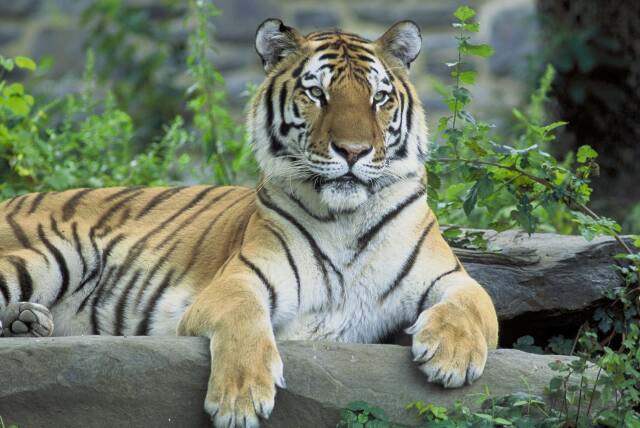
3. Siberian tiger
The Siberian tiger is one of the subspecies of tiger, also known as the Siberian tiger. It is the largest carnivorous cat in existence. The body length of a male Siberian tiger can reach about 3 meters, the tail length is about 1 meter, and the weight reaches about 350 kilograms. The coat color of wild Siberian tigers is brown in summer and light yellow in winter. They usually have multiple narrow black stripes on their back and sides, two of which are close together in a willow leaf shape. The Siberian tiger has a large and round head, and there are several black horizontal stripes on its forehead, which are often connected in the middle to form the word "king", so it is also known as the "King of the Jungle". As an adult, the Siberian tiger is a predator at the top of the food chain. No animal in the area where it lives dares to prey on it for a living. As the largest cat in the world, even wolves and bears are afraid of them and dare not mess with them easily.
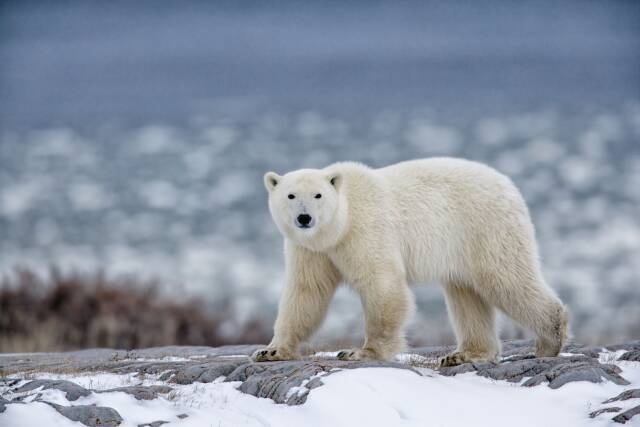
4. Polar bear
The polar bear, also known as the white bear, is one of the largest terrestrial carnivores in the world. Their skin is black, but their hair is transparent, so they often appear white or yellow. Polar bears are huge and very ferocious. Their vision and hearing are comparable to humans, but their sense of smell is extremely sensitive, seven times stronger than that of dogs. When running, polar bears can reach speeds of 60 kilometers per hour, which is 1.5 times faster than the world's 100-meter champion. As global temperatures continue to rise, ice floes in the Arctic are gradually beginning to melt. This has resulted in the destruction of the polar bears' living environment, and their habitat has already suffered a certain degree of damage. Therefore, polar bears are likely to face extinction in the near future. To protect this precious species, we need to take action and implement effective conservation.
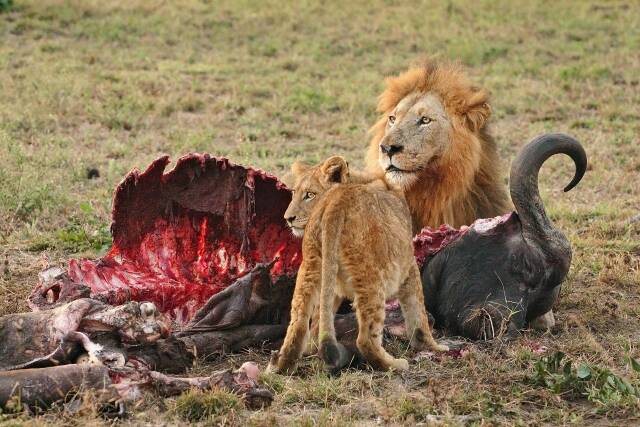
5. Lion
The lion is a large cat living in Africa and Asia, referred to as a lion. In ancient China, it was called Suanni. They are the largest living cats and the only dimorphic cat species. Lions usually live in savannas and grasslands, but can also be found in shrubs and dry forests. They often use ambushes to hunt other warm-blooded animals. The lion, at the top of the food chain, is also a social animal and has strong social behavior. If we want to talk about the natural enemies of lions, then humans can be regarded as the biggest natural enemies of lions. In the past few decades, human hunting has had a great impact on the number of lions. Most of the hunting by humans has nothing to do with survival, but is just to satisfy the abnormal desire to kill.
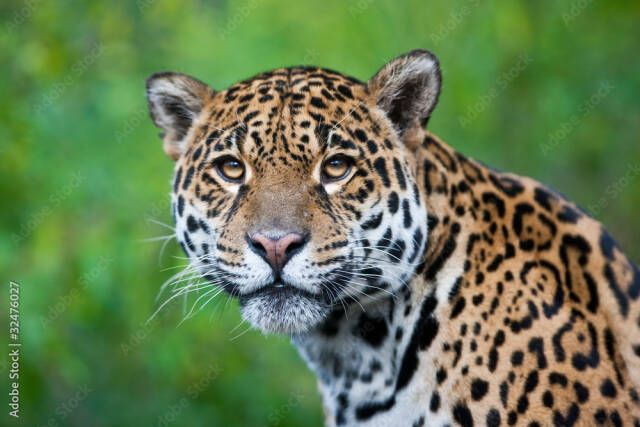
6. Jaguar
The jaguar, also known as the jaguar, is a large cat that lives in Central and South America. It is currently one of the third largest cats in existence. They typically weigh between 70 and 180 kilograms and have a bite force of up to 1,250 pounds. The jaguar has patterns similar to those of a leopard, but its overall body shape is closer to that of a tiger. Among cats, the jaguar is second only to the lion and tiger in size. As an apex predator, jaguars have few natural predators, and their diet is very wide, including fish, sloths, capybaras, deer, agouti, wild boar, arapaima, anteaters, monkeys, freshwater turtles, crocodiles wait. Occasionally they will prey on large anacondas. Jaguars are very adaptable animals, able to live in different types of habitats, including forests, swamps, mountains and grasslands.

7. Amazon Anaconda
The Amazon anaconda is a large snake in South America. It is considered to be one of the largest anacondas in the world today. Their bodies are thick and they are as big as an adult man. The young anacondas laid by these snakes are ovoviviparous, with up to seventy babies in each litter. However, many of the young anacondas are eaten by caimans. Anacondas usually like to live in swamps, shallow streams and still rivers, and are one of the most hydrophilic snakes. They are mostly nocturnal, but sometimes bask in the sun during the day. The terrifying hunting ability of adult anacondas is amazing. There are almost no natural enemies in the local area and they are impossible to kill under normal circumstances. Only leopards often choose to attack anacondas and use sneak attacks at the most vulnerable time when snakes shed their skins. Otherwise, it is almost impossible to escape from anacondas.

8. Komodo Dragon
The Komodo dragon, also known as the Komodo dragon, is a large animal of the genus Monitoridae. It is one of the largest lizards known to exist. Komodo dragons are ferocious, and adults will prey on juveniles of the same species and sometimes other adults. They are very fast and will occasionally attack humans, but primarily feed on carrion. Every day, Komodo dragons leave their burrows to forage for food several kilometers away. Currently, on Komodo Island, Komodo dragons have no natural enemies. This is their territory and they are the overlords here. Even the ferocious buffalo will eventually die if attacked. Komodo dragons like to eat large animals such as wild boars, deer, monkeys and snakes. Their diet also includes weaker species and larvae.

9. Elephant
Elephants are social animals that usually live in family units. The female elephant serves as the leader of the family, directing the members' daily activity time, movement routes, foraging locations, and habitats. Adult male Elephants-Are-Endangered.html">elephants are mainly responsible for protecting the safety of the family and undertake fewer other tasks. Sometimes several herds gather together to form large herds, some of which can number up to hundreds of elephants. The external characteristics of an elephant are its flexible and muscular proboscis and fan-shaped ears. These organs can be wrapped and bent and are important tools for self-defense and feeding. Elephants are at the top of the food chain and usually have no natural predators. Only lions may attack old orphan elephants, but in most cases elephant herds will not be attacked by lions. Humans are the biggest natural enemies of elephants, posing a threat to their survival and habitat.

10. Hippopotamus
The hippopotamus is a large omnivorous mammal and a freshwater species. They are huge, with a body length of up to 4 meters, a shoulder height of 1.5 meters, and a weight of about 3 tons. Hippopotamus are land mammals second only to elephants. They have a clumsy and huge body with thick skin, usually blue-black in color with brick-red spots on the surface. The body is almost hairless except for some short hair on the tail. Hippos have few natural predators in the water because other animals dare not provoke them. Even rival crocodiles are not considered natural enemies of hippos. On land, big cats such as lions and hyenas may become their natural enemies. However, even on land, adult rivers generallyHorses are rarely attacked by animals such as lions or hyenas unless food is extremely scarce.
The top ten animals with no natural enemies are mainly recommended based on relevant information such as the living environment of each animal and the level of the food chain in which they are located, and with comprehensive reference to relevant Internet rankings/lists. The content is for reference only to help you understand which animals in nature have no natural enemies. . If you have any questions, please leave comments/criticisms at the end.
animal tags: lion jaguar elephant hippopotamus
We created this article in conjunction with AI technology, then made sure it was fact-checked and edited by a Animals Top editor.